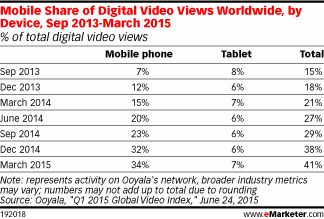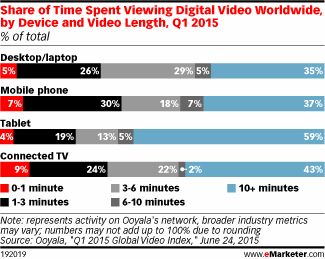Sony has had great success with games for decades, and recently the company has been more successful than ever. The PlayStation 4 is the undisputed sales champion of the latest generation of consoles, and at E3 Sony created great excitement over upcoming titles like Uncharted 4, Horizon Zero Dawn, The Last Guardian, No Man’s Sky, and many others. The company isn’t taking it easy on other fronts, though – the Project Morpheus VR hardware continues to advance to an early 2016 launch, and the groundbreaking PlayStation Now game streaming service is also advancing as it continues its successful beta test, introducing a completely redesigned interface today.
Sony’s PlayStation Now service launched was based on the technology developed by Gaikai, which Sony purchased in 2012. Now in open beta, PlayStation Now offers either game rentals (at about a dollar a day for a weekly rental) with over 350 PS3 titles to choose from, or a subscription service that lets you play any of over 125 games as much as you like for $19.99 a month (or $44.95 a month for a three-month subscription). PlayStation Now is available on PS4, PS3, PS Vita, PS TV, select Sony TVs, select Sony Blu-Ray Disc players, and select Samsung Smart TVs in the continental U.S. and Canada, and requires about 5 Mbps of bandwidth and a Dual Shock 3 or 4 wireless controller, if you don’t already have one.

Robert Stevenson
Gaikai’s chief product officer Robert Stevenson and Sony Computer Entertainment of America’s senior director of PlayStation Now, Jack Buser, spoke with [a]listdaily about the new interface for PlayStation Now and how the service has evolved.
How is PlayStation Now evolving, and what is it you’re announcing today?
Stevenson: We’ve been tuning and driving our subscription business., and our new subscription app launches today with new UX, a new look, and we’re super excited about it. We started looking at this many months ago as a way to improve the discoverability in the subscription. Today we have over 125+ titles, and the experience on the PlayStation 4 is sort of transactional. What we want to do is really make it more about discovery, make it much more modern, improve the user experience.
Some of the things we’ve done in the new app is put in some new curated categories — traditional stuff that you might expect like action-adventure, top-rated games, but also some unique themes with common characteristics across different types of games. For instance, we have once called Evil Anywhere, which as you might expect has a lot of very dark, evil, dramatic style games. We’ve also gone in and really enhanced the game detail pages for browsing when you’re in a subscription. We’ve focused on making it much more rich in terms of imagery to entice people to check it out and play it.
What can you tell us about how the users are engaging with PlayStation Now?
Buser: If you look at some of the engagement metrics recently on the service, you can see that users are highly engaged. Year over year, we’ve seen a 300 percent increase in PS Now users — this is largely due to the subscription being so compelling. If you look at usage per week, average usage is going to be about 4 hours, which is a very high engagement metric. If you look at it per session, we’re looking at about 45 minutes a session, and for popular games over an hour. You can see that people are coming in, playing for very long sessions, and then they’re playing multiple sessions per week to get to that very high average per week of four hours. That’s where that new user experience becomes so important, because when you have such a large growth in your user base and they are so engaged in not just one but several games, it’s important to give them a rich user interface to help them more easily transition to other games they might not have otherwise checked out.
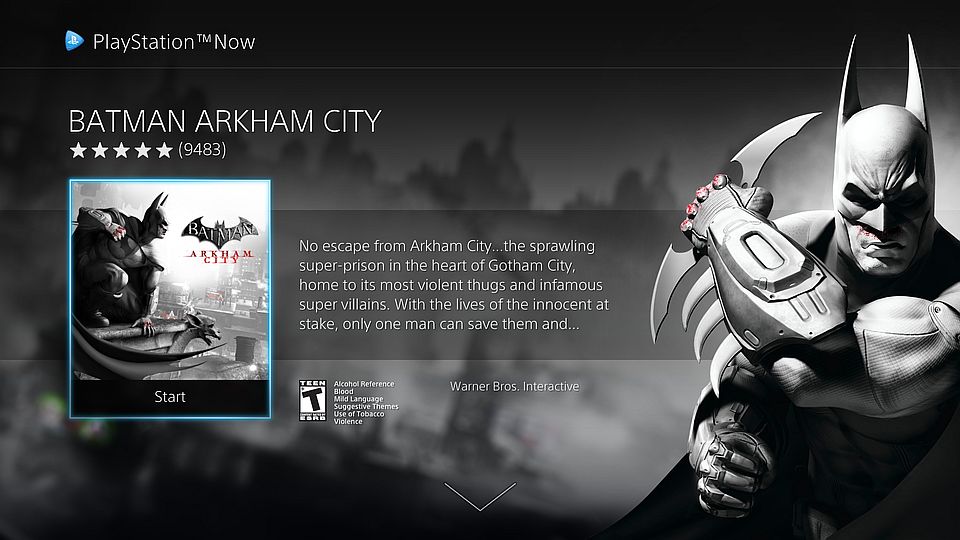
You now support a wide range of Sony devices and some Samsung TVs. Do you plan to add more devices the list of those that support PlayStation Now?
Stevenson: We don’t have anything new to announce today, but the vision we’ve articulated for many months is a service that allows you to play great PlayStation games across any sort of convenient device. It takes time to do that sort of growth, but we think Samsung is a major step forward, it’s a massive consumer electronics company that has huge market share at retail. We’re already starting to see people coming in through the Samsung channel and playing through that, on top of the Sony Bravia users. We’ll continue to do that kind of thing for the foreseeable future.

Jack Buser
Buser: It’s interesting to note that Samsung is one of the largest consumer electronics manufacturers in the world, and PlayStation Now is the fastest growing cloud-based game streaming service. That really underscores the vision we’ve been talking about since the announcement of PlayStation Now. We want to make this rich library of games available to gamers through as many devices as possible.
Stevenson: And it’s a consistent access and experience. The same 300+ games are available as rentals across all those devices, the same thing with subscriptions. This is really a new way of thinking in terms of videogames. You can step through your day playing on a console, playing on a television, playing on your Vita, you can have multiple touch points but still experience the same great games with no limitations.
So far PlayStation Now only serves up PlayStation 3 games. Are there plans to add PlayStation 2 or PlayStation 4 games at some point?
Stevenson: We have articulated from day one that we plan to look at all the PlayStation devices: PS1, PS2, and PS4 for the future. We don’t have anything live today except for the PlayStation 3 catalog, but that catalog is a very deep and rich catalog, so we are continuing to expand that, and literally weekly and monthly we are adding more titles. Other PlayStation platforms are in the long-term discussion.
Buser: One of the great things about offering PS3 games as we start this service is there are so many gamers that are new to PlayStation. The success of PlayStation 4 has really made a whole generation fo gamers aware of PlayStation. PlayStation Now is a great way for gamers to catch up to all the franchises they might’ve missed in the prior generation, whether you’re a fan of Uncharted or Killzone or other titles.
Doesn’t that mean PlayStation Now can be a great promotional and marketing tool for those games where you have new titles coming out for old franchises?
Stevenson: We’ve been doing some promotion with God of War, as people buy the new editions of God of War you can go back and get free rentals of the older titles. We see this as extremely valuable, exactly as you just described. Connecting the prior versions and story arc of the franchise and bringing that forward in a very seamless way. You’re on the same device that you’re going to buy the new version on. You just pop into PlayStation Now and you can play the older editions, get up to speed on everything, learn the game mechanics, and really appreciate the depth of the franchise.
We see it as a way to get people into the franchises, but it’s also a way to show the amount of content that’s been built in the past. You see users come in with PS4 and they may not have a history with older titles, and PlayStation Now shows off the entire PlayStation library.
Buser: This also speaks to the lifecycle of the game in our industry. In the games industry, we’ve been very focused on the first few months after a game is released. Unlike our friends in the movie and music industries, there wasn’t as much of a long tail for the game industry. I think PlayStation Now has an extremely interesting role to play as the lifecycle of the game industry matures. This gives publishers the chance to rejuvenate the ability of a title to generate revenue. When we release a title into the subscription, we create quite a bit of buzz around a title that may not have been advertised for a year or two, even three years in some cases. Now because it’s coming into the subscription, gamers are talking about the title, they’re curious about the title, and it’s like this breath of fresh air into a franchise or even an individual title that previously was very difficult to do in this industry.

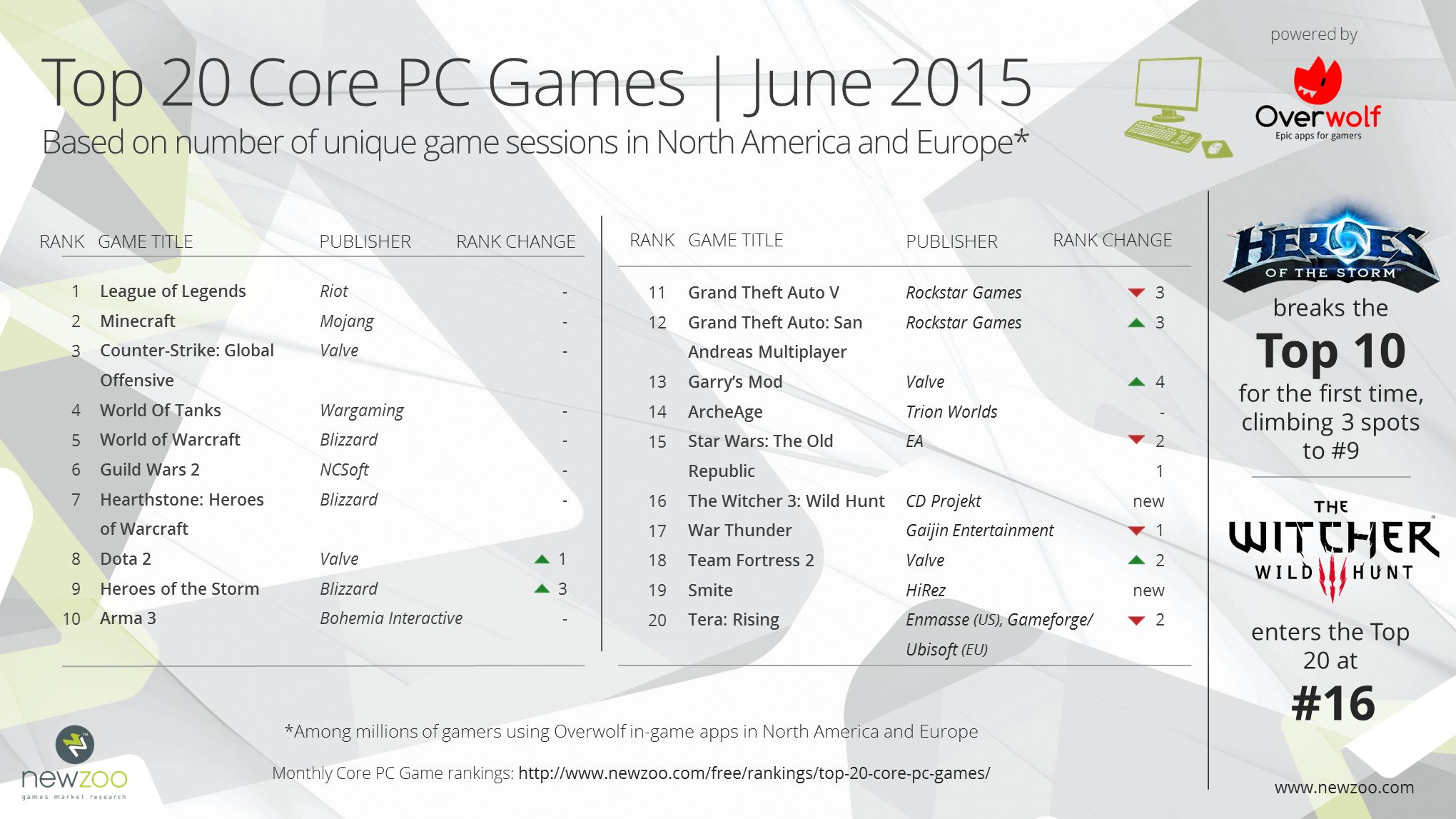
 Robert Stevenson
Robert Stevenson

 Jack Buser
Jack Buser
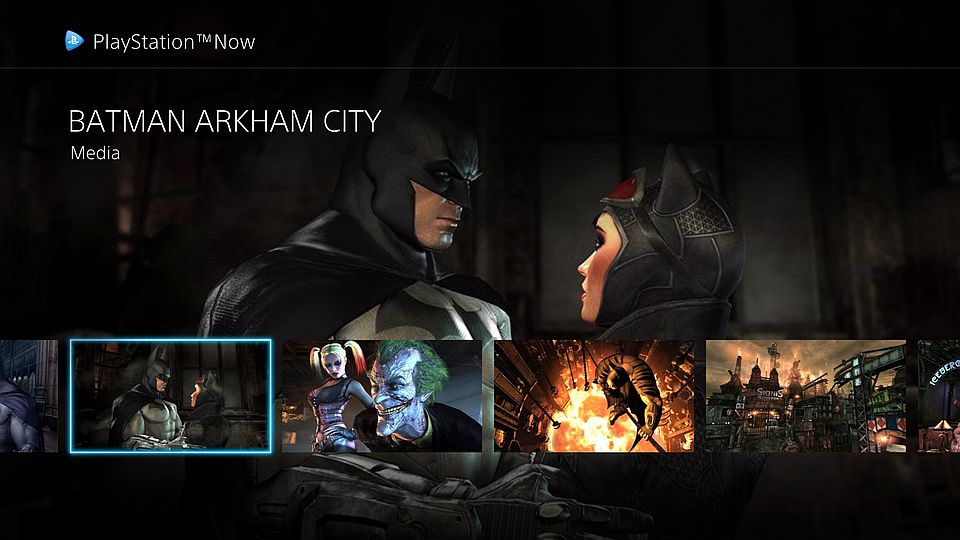
 Peter Ross, senior marketing manager at AMD
Peter Ross, senior marketing manager at AMD
